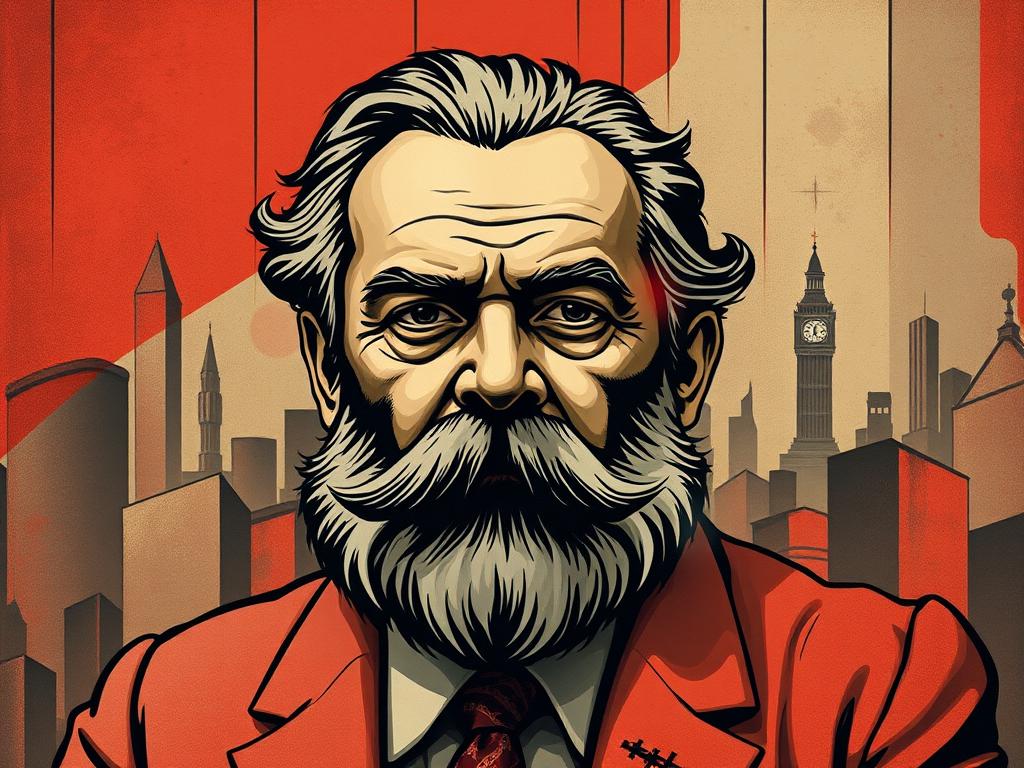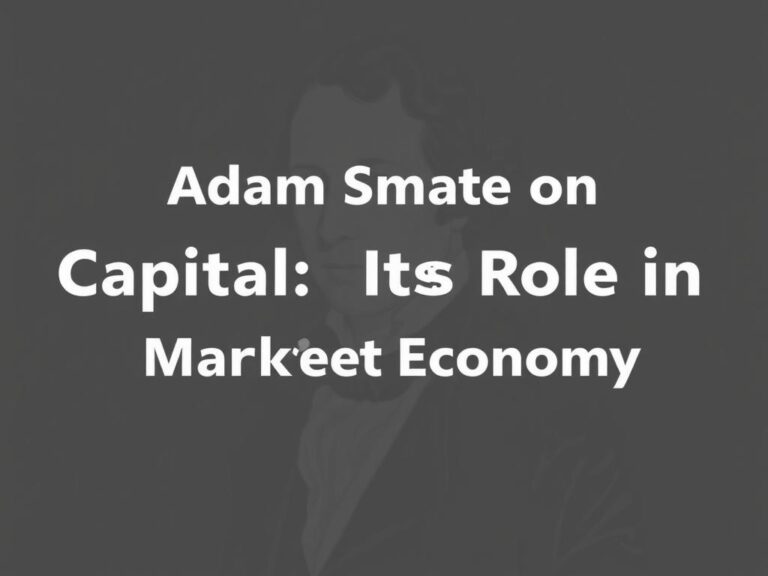Unraveling the Marxist Theory of Capital: Surplus Value and Exploitation Explained
Understanding the Marxist Theory of Capital
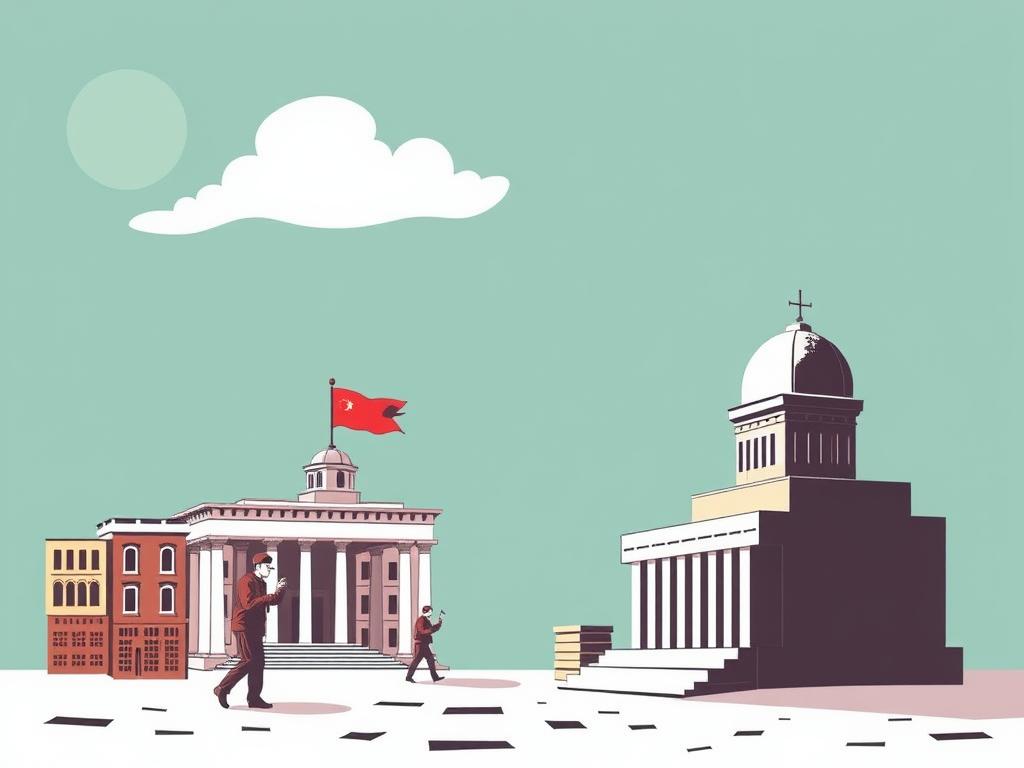
When diving into economic theories, few ideas have sparked as much debate and analysis as the Marxist theory of capital. At its core, Marx’s approach challenges traditional capitalist narratives by focusing on the social relations that underlie production and wealth. Unlike classical economists who often emphasize markets and individual choice, Marx zooms in on how capital operates in capitalist societies, especially through the creation of surplus value and the process of exploitation.
The Marxist theory of capital argues that capital is not just a collection of machines, money, or commodities, but a social relation rooted in the ownership of the means of production. This means that capital itself is a relationship between the capitalist, who owns the means of producing goods, and the worker, whose labor power is bought and sold in the market. Understanding this relationship is key to grasping how surplus value is generated and why workers are seen as exploited.
What is Surplus Value in Marxist Economics?
Surplus value is one of the most crucial concepts in the Marxist theory of capital. Simply put, surplus value refers to the difference between the value produced by the worker’s labor and the wages they are paid. This gap is the source of profit for the capitalist. Imagine a worker who produces goods worth $200 in a day but only receives $100 in wages. The extra $100 is surplus value, which the capitalist appropriates.
This idea might sound straightforward but has profound implications. Marx argued that labor is the source of all value, meaning that capitalists do not create value out of nothing—they extract it from workers. Surplus value is therefore a form of unpaid labor, which makes exploitation the defining feature of capitalism.
The Role of Labor Power and Time
Labor power—meaning the worker’s capacity to work—is treated as a commodity in capitalist society. Workers sell their labor power for a wage, but Marx emphasized that the value of this labor power is based on the amount of labor necessary to reproduce the worker’s capacity to work (such as food, shelter, education). However, the actual work performed can produce more value than this reproduction cost, and this extra labor creates surplus value.
Time also plays a vital role. Marx distinguished between “necessary labor time” (the time required to produce value equivalent to the worker’s wage) and “surplus labor time” (the additional time during which surplus value is produced). The longer a capitalist can extend surplus labor time without increasing wages, the more surplus value they appropriate.
Exploitation in the Marxist Lens
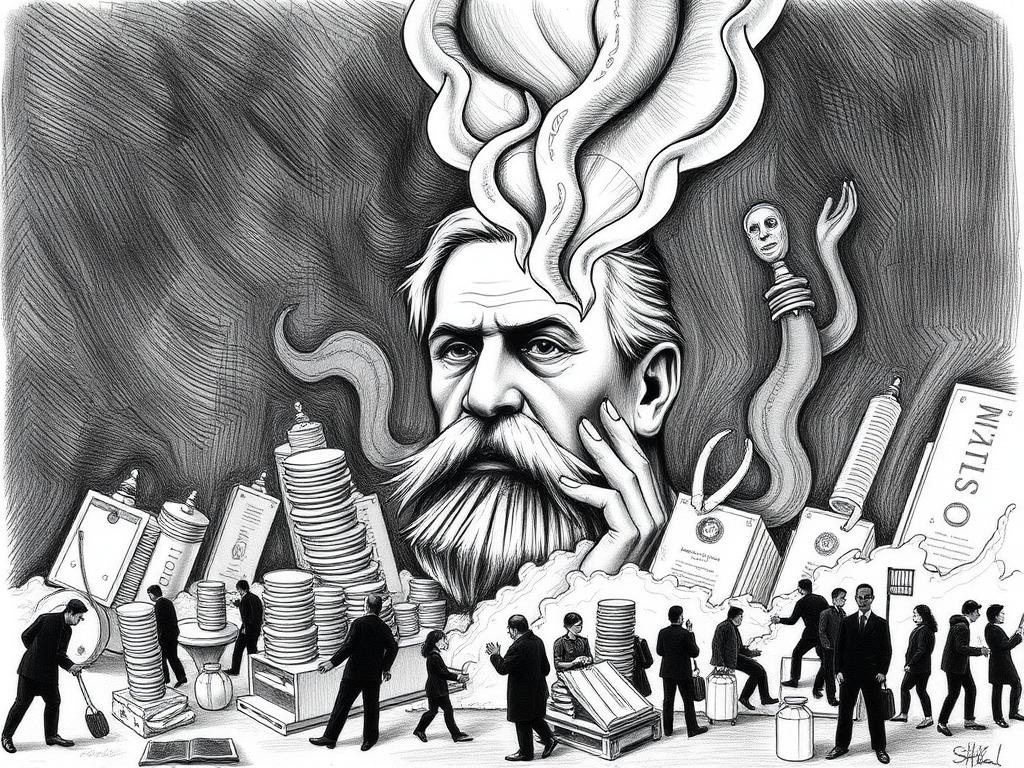
Exploitation is central to the Marxist theory of capital, closely tied to surplus value. It refers to the process by which capitalists extract surplus value from workers by paying less than the value that labor produces. This exploitation isn’t about individual malice or cheating; it’s built into the capitalist system itself.
Why Is Exploitation Inevitable?
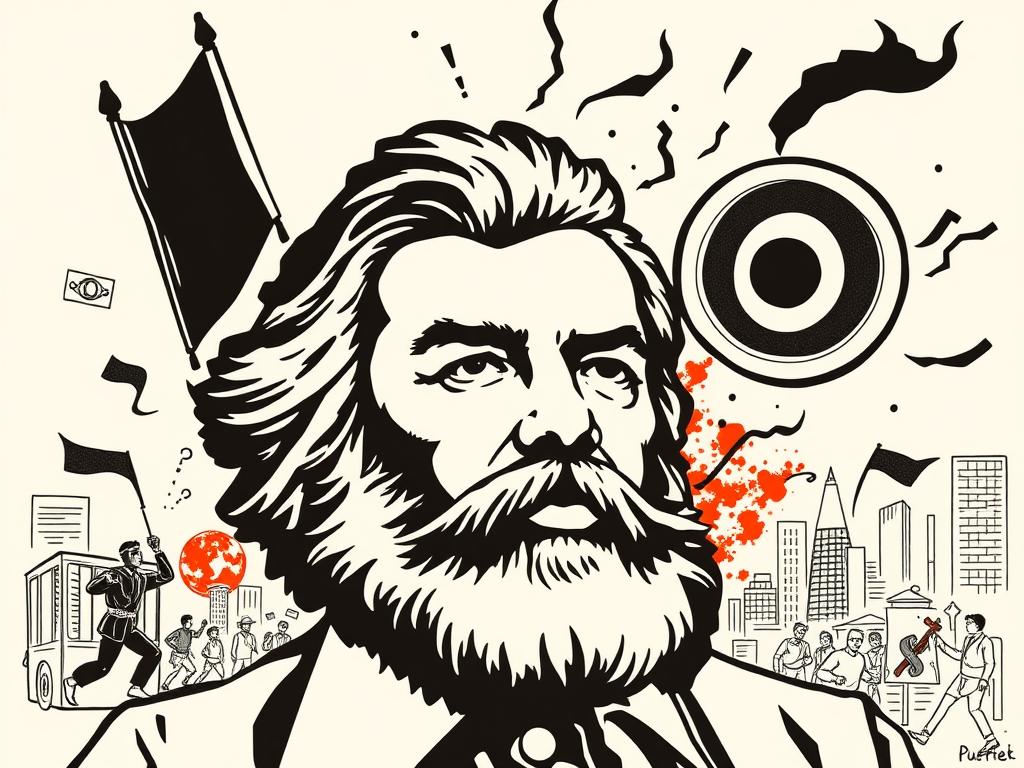
Exploitation is inevitable in capitalism because of the way labor power is commodified. Workers typically don’t own the means of production and must sell their labor to survive. Capitalists, seeking profit, aim to maximize surplus value, pushing to extract as much unpaid labor as possible.
This dynamic leads to structural inequality and conflict between classes. Capitalists benefit from the labor and exploitation of workers, while workers receive only a fraction of what they produce. This imbalance fuels many social struggles and debates around workers’ rights, wages, and labor conditions.
Various Forms of Surplus Value
Marx identified different methods capitalists use to increase surplus value:
- Absolute Surplus Value: Extending the working day to increase surplus labor time.
- Relative Surplus Value: Increasing productivity through technological improvements or reorganization, reducing necessary labor time while maintaining or increasing surplus labor.
Both methods highlight how capitalists continuously seek ways to maximize exploitation within the capitalist system.
A Closer Look: Marxist Theory of Capital in a Table
| Concept | Meaning | Significance |
|---|---|---|
| Capital | Social relation of ownership over production | Defines power dynamics between capitalist and labor |
| Labor Power | Worker’s capacity to work, sold as a commodity | Basis for generating value and surplus value |
| Surplus Value | Value produced beyond worker’s wage | Source of profit and exploitation |
| Exploitation | Appropriation of surplus value by capitalists | Structural inequality in capitalism |
| Necessary Labor Time | Labor time to reproduce the value of labor power | Limits wages |
| Surplus Labor Time | Labor time that produces surplus value | Maximized by capitalists |
Why Does Marxist Theory of Capital Still Matter Today?
Even decades after Karl Marx’s writings, the theory of capital, surplus value, and exploitation continues to resonate. In today’s globalized economy, where labor is often outsourced and wealth concentration grows, the issues Marx highlighted are more visible than ever. Discussions about fair wages, wealth inequality, labor rights, and corporate power can often be traced back to debates around surplus value and exploitation.
Moreover, the rise of gig economies and precarious work highlights the vulnerability of many workers. The commodification of labor power, the extraction of surplus value, and ongoing exploitation remain key themes for activists, economists, and policymakers trying to build a more equitable society.
Challenges and Critiques
Of course, Marxist theory is not without its critics. Some argue that surplus value theory oversimplifies complex economic relationships, ignores technological innovation benefits, or underestimates workers’ agency. Others feel the theory doesn’t fully capture how modern service and knowledge economies function. Yet, whether one agrees fully or partially, the Marxist theory of capital provides a powerful framework to analyze capitalism beyond numbers and market transactions alone.
Practical Implications for Workers and Society
Understanding surplus value and exploitation empowers workers and communities to challenge unfair economic systems. Labor unions, social movements, and political parties often draw from these ideas to argue for better wages, shorter working hours, and social protections. Recognizing the extraction of surplus value can promote solidarity among workers across industries and countries, fostering collective resistance against exploitation.
It also encourages broader questions about the ownership and control of productive resources—pondering alternatives like cooperatives, social ownership, or regulation—all aimed at addressing capitalist exploitation and creating a fairer economic order.
Summary Table of Surplus Value and Exploitation Effects
| Effect | Who It Affects | Impact |
|---|---|---|
| Profit generation | Capitalists | Economic gain from unpaid labor |
| Low wages | Workers | Limited living standards despite high productivity |
| Class conflict | Society | Social tensions and political struggles |
| Incentive for innovation | Capitalists and workers | Technological advances to boost relative surplus value |
Final Thoughts: Grasping the Depth of Marxist Capital Theory
The Marxist theory of capital, with its richly layered concepts of surplus value and exploitation, offers a window into the functioning of capitalist economies that remains relevant today. It challenges us to look beyond surface-level economics and examine the human and social relations that shape wealth and power. By understanding how surplus value is produced and appropriated, and why exploitation is inherent in capitalism, we gain tools for thinking about economic justice and social change.
Whether you are a student of economics, a worker seeking to understand your own position, or simply curious about the forces driving modern economies, exploring Marx’s ideas sheds light on the enduring dynamics of capital. It invites us to question who profits, who labors, and how economic systems structure our lives in profound ways.
Conclusion
In summary, the Marxist theory of capital unpacks the crucial relationship between capital, labor, surplus value, and exploitation, revealing the systemic nature of wealth generation and class inequality in capitalist societies. By framing capital as a social relation rooted in the ownership of production and highlighting how surplus value is extracted from workers’ labor power, Marx provides a powerful critique of economic injustice. Understanding these concepts deepens our awareness of the structural forces shaping our world and inspires ongoing conversations about fairness, power, and alternative economic possibilities.

